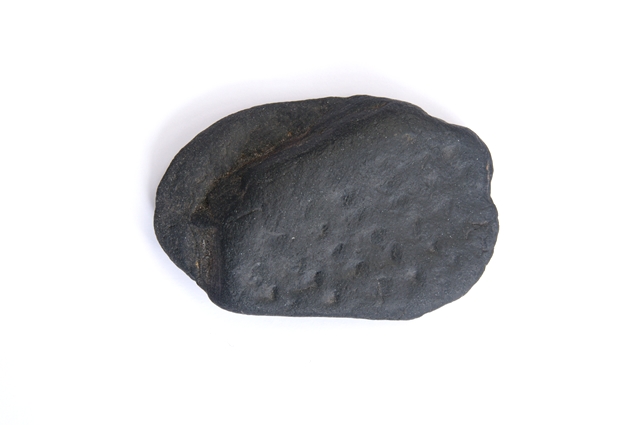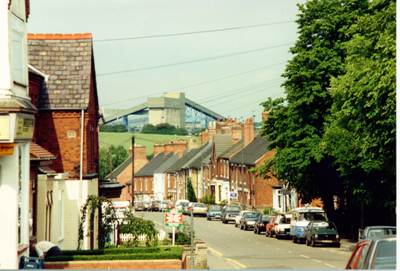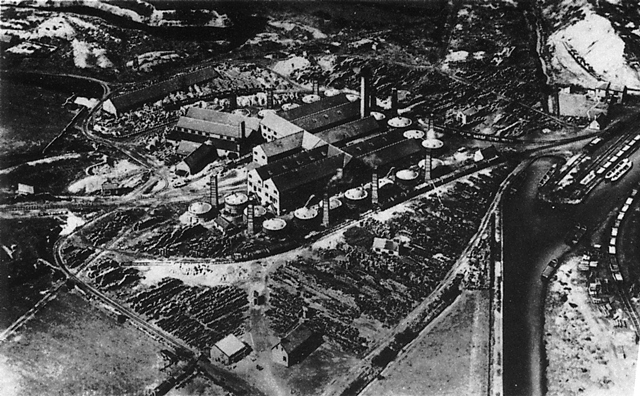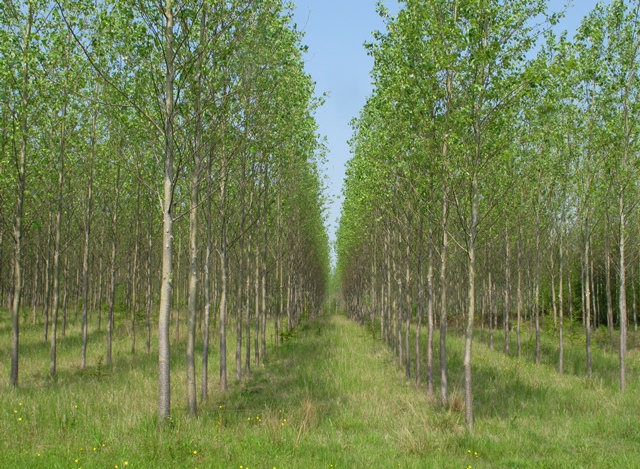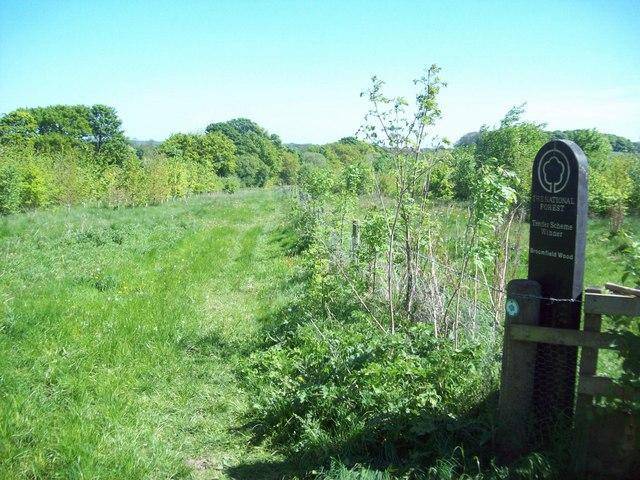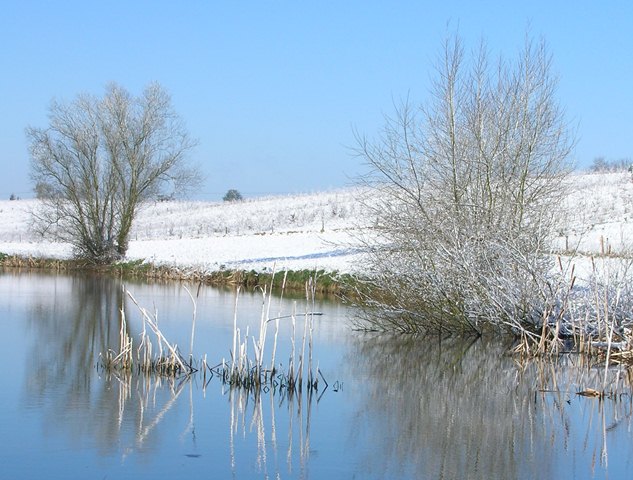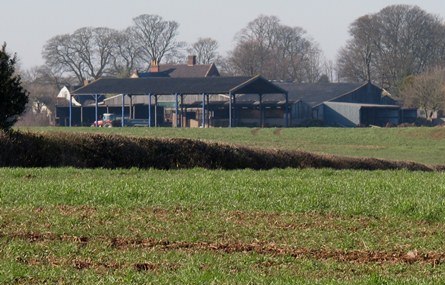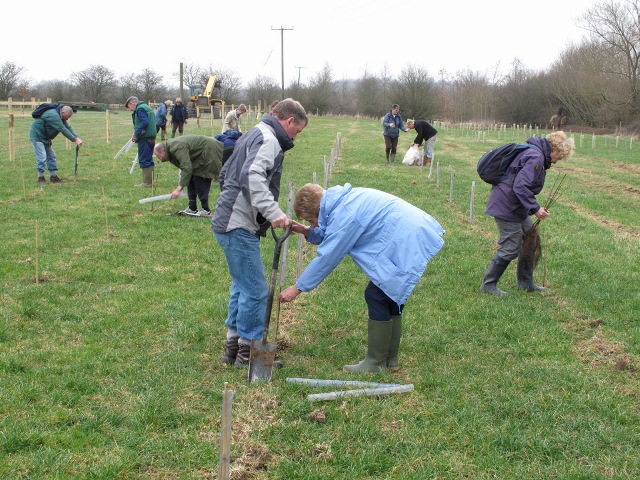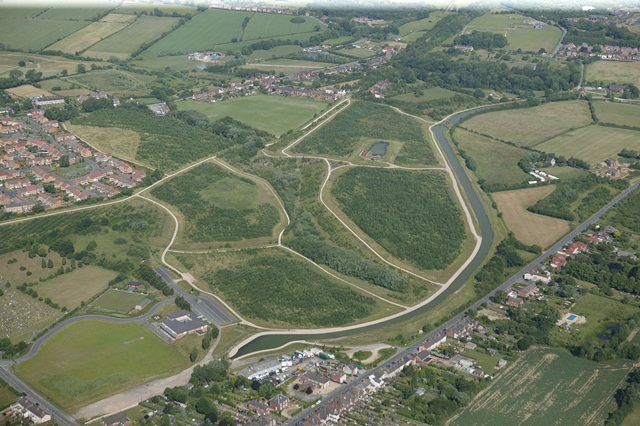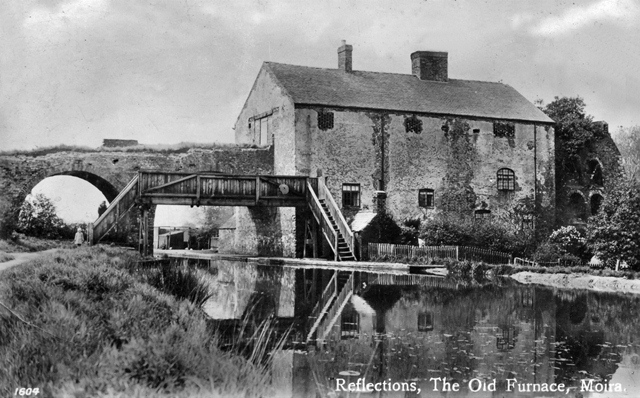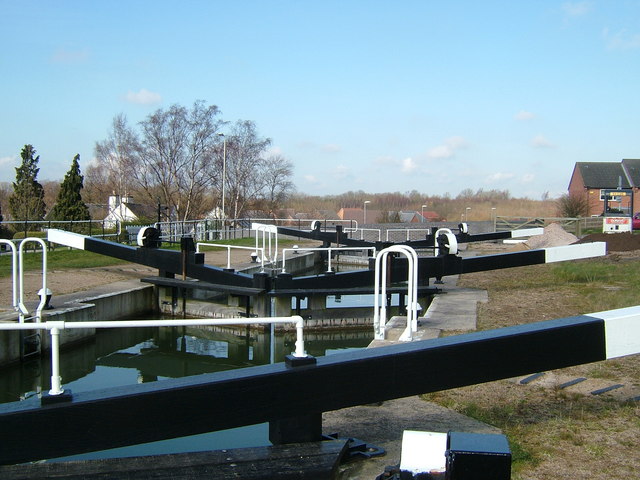An inspiring walk through a forest in the making
In a tranquil corner of north west Leicestershire and south Derbyshire, a maligned and scarred landscape of clay pits and coal mines is becoming a brand new forest.
Derelict buildings and pit waste are now lakes and parks. Farmers and landowners are converting their land to woods and ponds. Rare butterflies, flowers, skylarks and even nightingales are returning.
Find out how this area was transformed not once but twice - first by coal and second in one of Europe’s boldest environmental projects.

